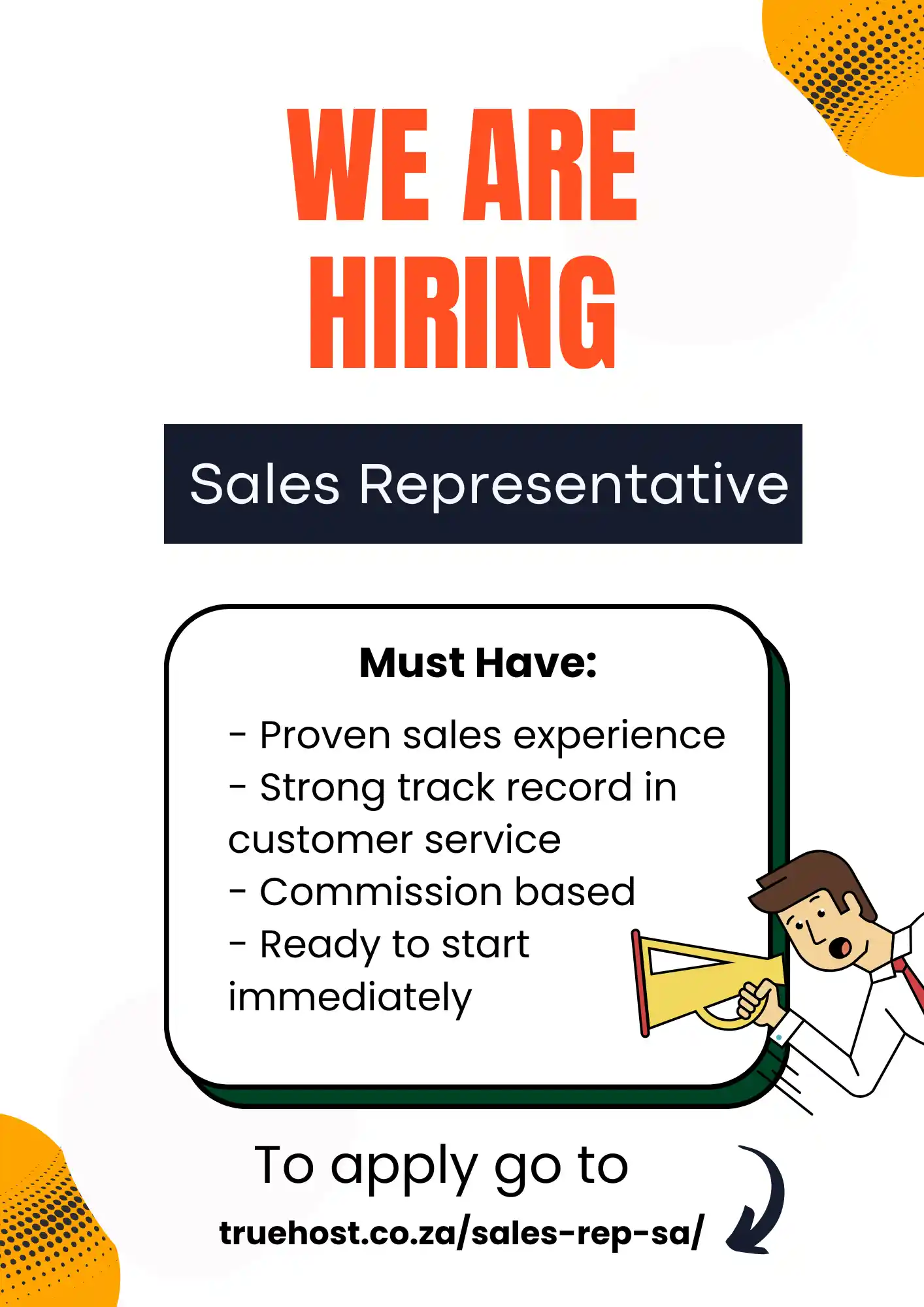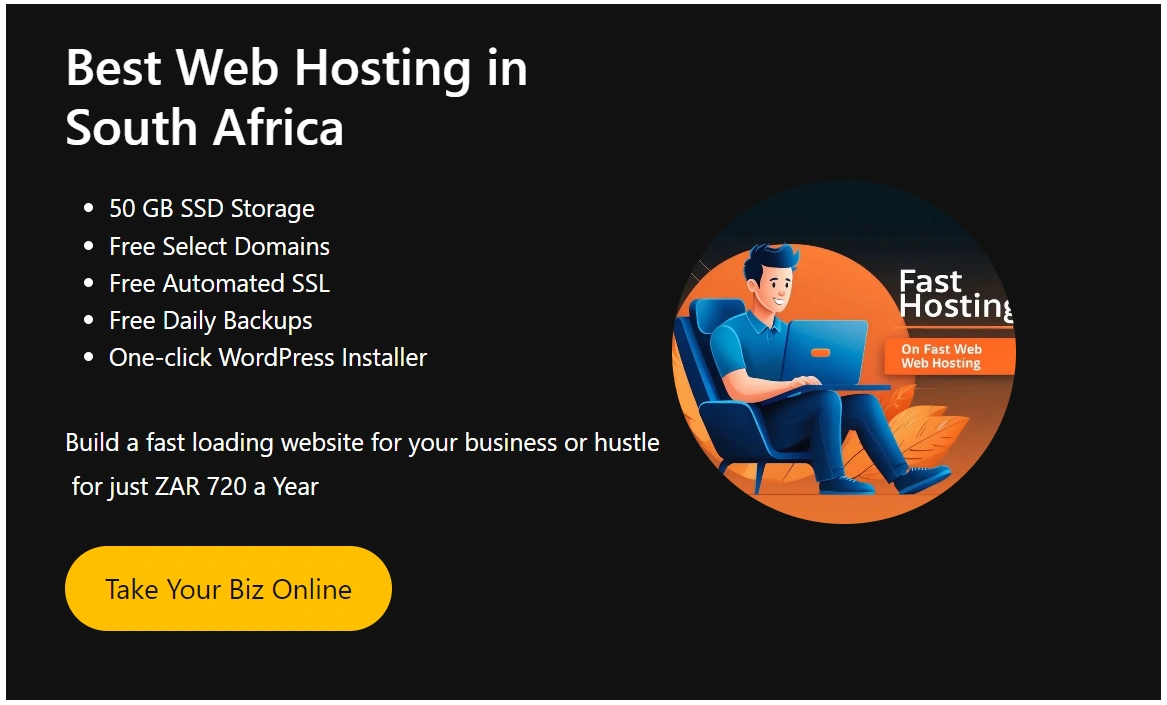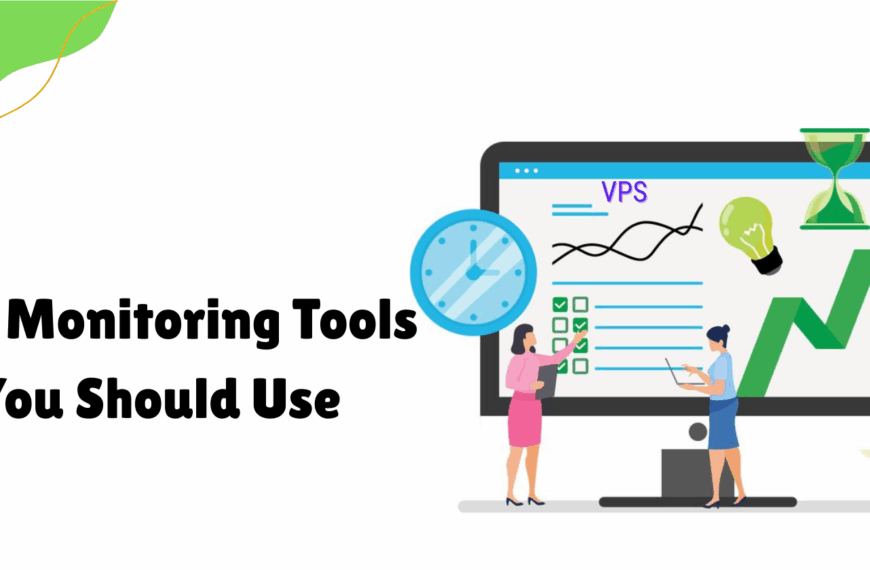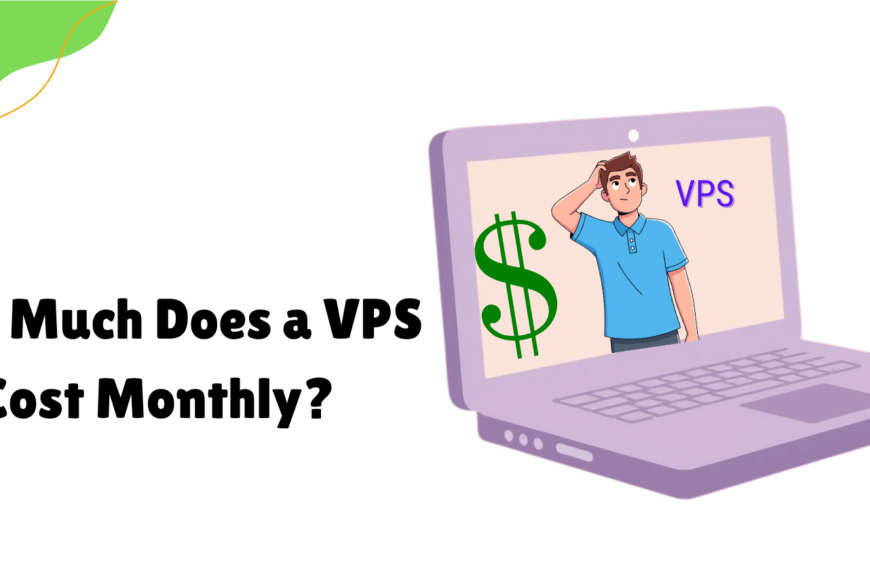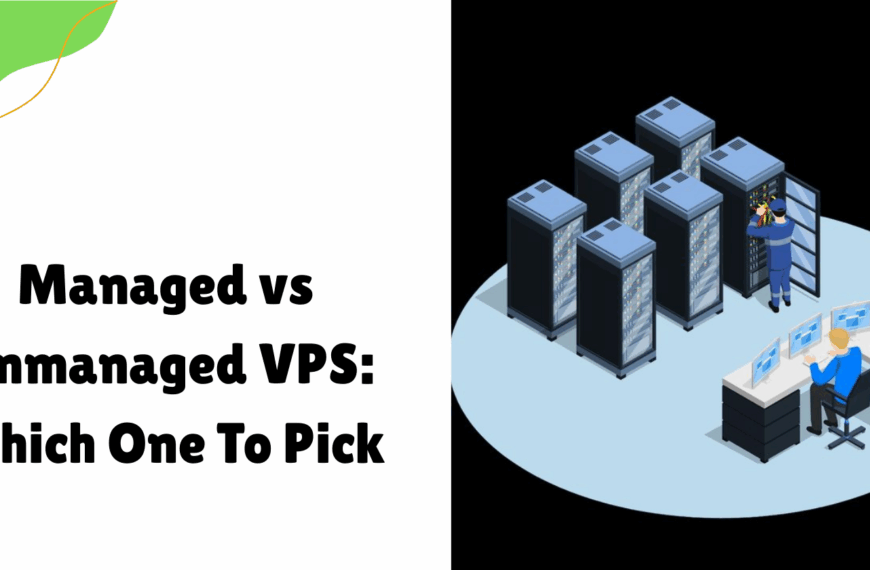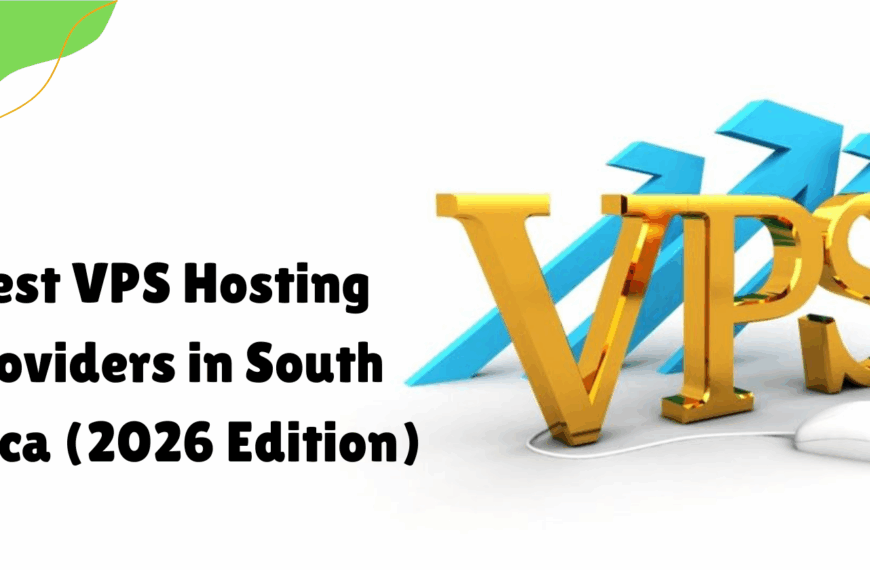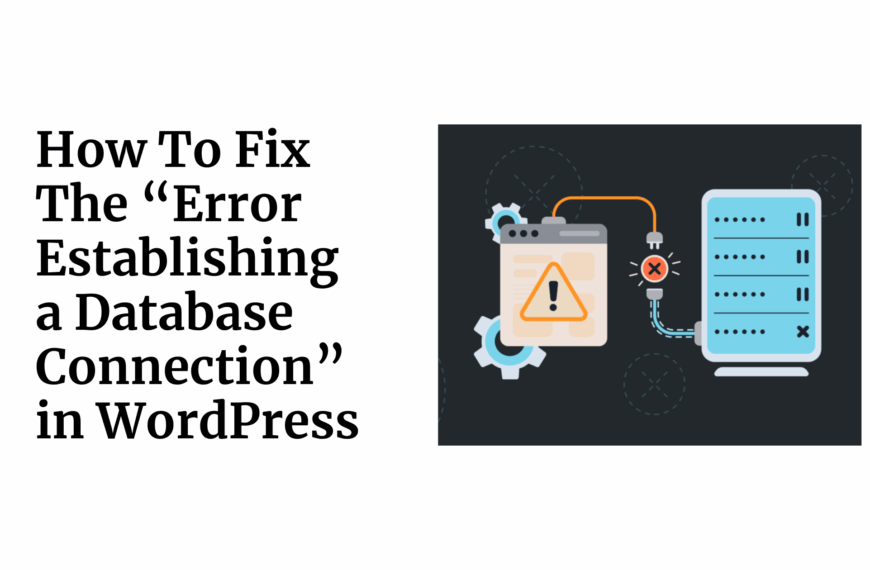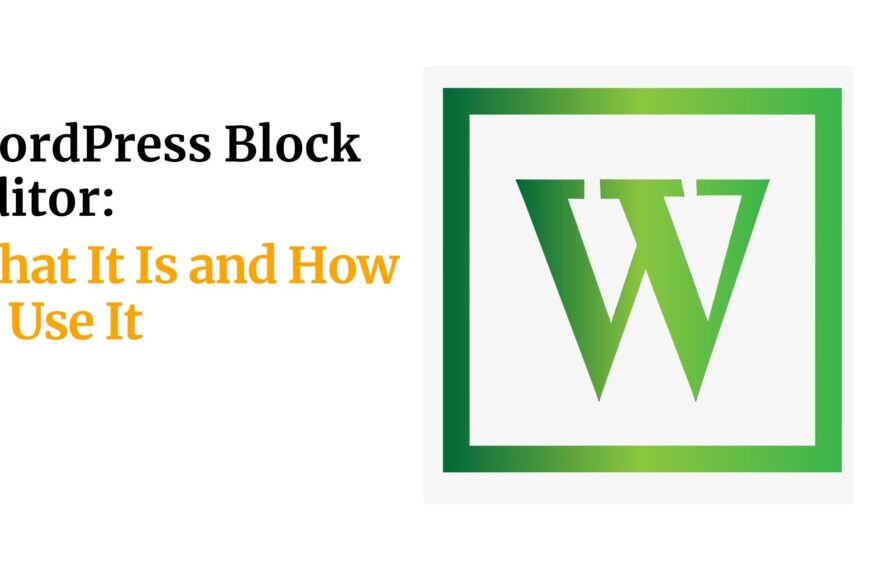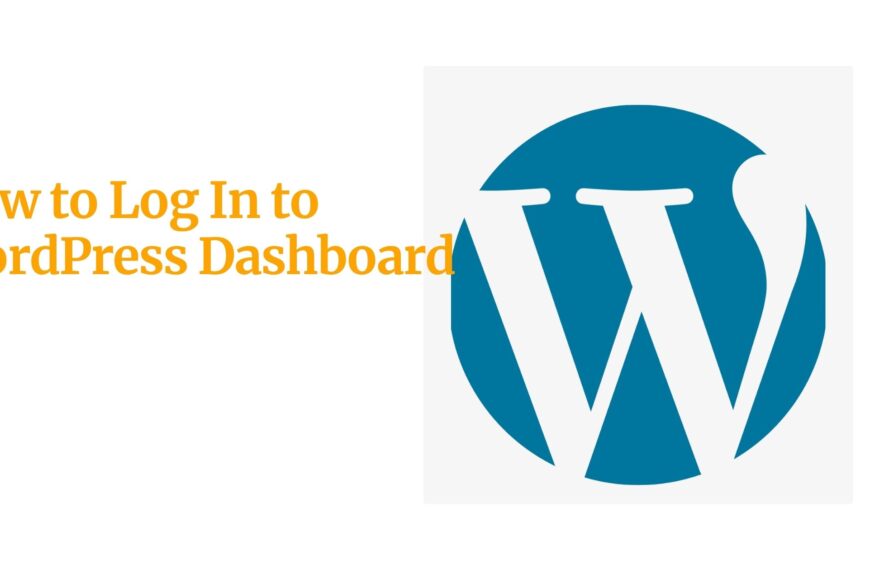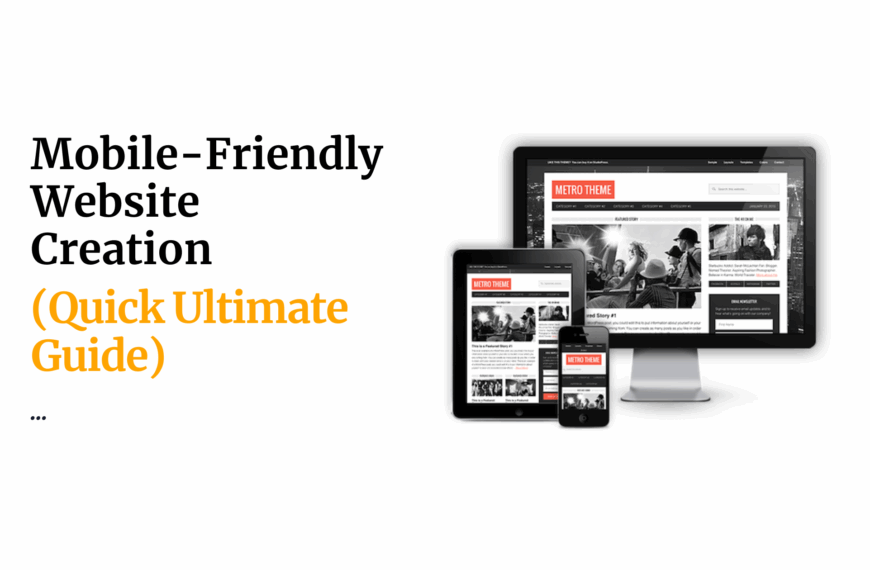Dreaming of sharing your voice, building a community, or earning extra cash, all from home? Starting a blog is a great way to do it.
Regardless of where you are, blogging gives you a platform to tell your stories, share your passions, and even grow a side hustle.
Imagine you wake up, sip your morning tea, and write about things that matter to you. Over time, your words reach people across South Africa and beyond.
The best part? It’s easier than ever. With WordPress, you don’t need to be a tech whiz. And with Truehost South Africa, you can get local, reliable hosting that won’t break the bank.
In this guide, I’ll show you exactly how to start a blog in South Africa, step by step.
Table of Contents
Why Start a Blog in South Africa?
Starting a blog isn’t just about putting words on a screen. It’s about opening doors for yourself and others. Here’s why more and more South Africans are turning to blogging:
01. Grow your influence
Whether you’re a foodie exploring Johannesburg’s hidden gems, a tech enthusiast in Cape Town reviewing the latest gadgets, or a farmer in the Free State sharing modern techniques, a blog helps you build real authority.
Over time, your content positions you as someone people trust and turn to for advice, insights, or inspiration in your field.
02. Make money
Blogging isn’t just a creative outlet. It can also become a solid income stream.
Many South African bloggers earn money through ads (such as Google AdSense), sponsored posts with local or international brands, or by recommending products through affiliate marketing.
With consistent effort, your blog can start generating revenue and more.
03. Promote your business
If you already have a small business, a blog is one of the smartest ways to attract new customers.
Useful articles help your site show up on Google, bringing organic traffic straight to you.
It also builds trust. People are more likely to buy from businesses that share helpful content and demonstrate expertise.
04. Express yourself
Maybe you simply have stories to tell, ideas to share, or a desire to connect with like-minded people.
Blogging gives you a platform to do exactly that.
It’s a chance to document your journey, share what matters to you, and create a digital footprint that could impact others long after they’ve clicked away.
Why Use WordPress?
Before we jump into the “how,” it’s important to understand why WordPress is the best platform for your blog.
With so many website builders out there, from Wix to Squarespace to Blogger, you may wonder why most bloggers and content creators (in South Africa and worldwide) still choose WordPress.
The numbers speak for themselves: WordPress powers over 43% of all websites globally. That’s nearly half the internet relying on the same core platform.
Here’s why it’s so popular, and why it’s the smart choice for you too:
a. Free and open-source
The heart of WordPress is completely free. Unlike many platforms that lock you in with expensive monthly fees, WordPress.org gives you full access to powerful software at no cost.
You’ll just need to pay for hosting and a domain, which means you can start your blog on a very modest budget.
b. Endless flexibility and customization
WordPress lets you create exactly the kind of site you want. There are thousands of themes (both free and premium) to give your blog the perfect look and feel, no matter your niche.
Want to run a minimalist lifestyle blog, a photo-heavy travel site, or an online shop? You can do it all.
On top of that, plugins allow you to add new features with just a few clicks.
Need an SEO tool, a contact form, an online booking system, or a way to sell products? There’s a plugin for nearly everything.
c. Beginner-friendly yet powerful
You don’t need to be a tech expert to use WordPress.
Its dashboard is straightforward, so you can write posts, upload images, and manage your site with ease.
If you ever get stuck, there’s a massive global (and local) community, plus countless tutorials, ready to help.
d. Grows with you
Maybe you’re starting with a simple blog today.
But what if it takes off, and one day you’re getting thousands of visitors, or want to add an online store or membership area? WordPress can handle it.
It’s built to scale with your ambitions, so you won’t outgrow your platform.
e. Built for SEO
WordPress is designed with search engines in mind.
It generates clean code that Google loves, makes it easy to use proper headings and metadata, and integrates easily with top SEO plugins like Yoast or Rank Math.
This all helps your content climb higher in search results, so more readers can find you.
The Essential First Step: Choosing Your Niche
Before you start hunting for the perfect domain name or comparing hosting plans, there’s something far more important to figure out: what will your blog be about?
Defining your niche is the foundation of your entire blogging journey. It’s what gives your blog purpose, direction, and a reason for people to keep coming back.
Here’s how to think it through:
🔘Passion meets interest
Pick a topic you truly care about. Something you could talk about for hours without getting bored.
Passion matters because it’s what keeps you going on the days when motivation runs low.
Blogging is a long game, and writing about something you love makes it easier to stay consistent.
🔘Audience and demand
Even if you love a topic, you also want to know that there are people out there who want to read about it.
Use tools like Google Trends, AnswerThePublic, or even simple Google searches to see if there’s steady interest.
Are people asking questions you can answer? That’s a good sign.
🔘Your unique perspective
Think about what you can offer that others might not. Do you have personal experiences, local insights, or professional expertise that set you apart? Your unique voice and story are what will draw readers in and keep them coming back.
Finding your niche isn’t just a box to tick. It’s the key to standing out in the crowded online world and building a loyal audience that values what you have to say.
How to Start a Blog In South Africa
Step 1: Domain Name & Hosting
This is where your blog starts to take real shape. You’ll need two things to get it live on the internet:
🔹️A domain name — your blog’s web address, like yourblogname.co.za.
🔹️Web hosting — the online “space” where all your blog’s files and content are stored, so people can visit your site.
This is also where Truehost South Africa makes everything simple and affordable.
Choosing your domain name
Think of your domain name as your digital address. It’s how people will find you, remember you, and recommend you. So make it count.
✅ Keep it short and easy to remember:
Aim for something simple, catchy, and relevant to what your blog is about. Avoid complicated words or long strings that are hard to type.
✅ Go local if it makes sense:
A .com is always solid, but a .co.za instantly gives your blog a South African identity. Truehost offers a wide range of local and international domain options.
✅ Check availability:
Head over to Truehost’s website and use their domain search tool to see if your dream name is still up for grabs.
Why choose Truehost South Africa for hosting?
Truehost.SA is one of the most trusted hosting providers in the country, and for good reason. Here’s why they’re a great fit for new bloggers:
✅ Customized for WordPress:
They offer hosting plans that are optimized specifically for WordPress, which means your blog will load faster and run more smoothly.
✅ Speed that suits local readers:
With servers designed to prioritize African traffic, your South African audience will get quick load times and a seamless experience.
✅ Easy on the wallet:
Truehost’s packages are priced to suit beginners, so you don’t have to break the bank to get started.
✅ 1-click WordPress install:
No scary coding or complicated setup. With just a few clicks in your Truehost cPanel, WordPress is installed and ready to go.
✅ Top-notch support:
They have 24/7/365 customer service. So if something goes wrong at 2 AM, you’re covered.
✅ Packed with essentials:
Most plans come with free SSL certificates (for security and that little padlock in browsers), unlimited bandwidth, daily backups, and unlimited email accounts.
How to get your hosting & domain through Truehost
Getting set up is straightforward:
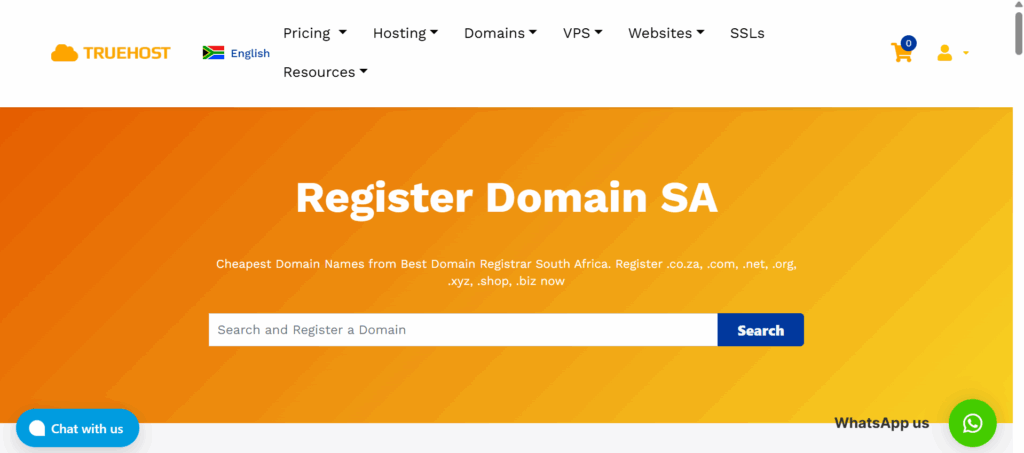
- Go to Truehost.SA: Simply search for “Truehost South Africa” and head to their official site.
- Find WordPress hosting: Look for their WordPress packages.
- Pick your plan:
- Starter: Perfect for new bloggers with one site.
- Pro: Great if you plan to grow quickly or run multiple sites.
- Unlimited: Ideal for high-traffic blogs or advanced needs.
- Starter: Perfect for new bloggers with one site.
- Look for perks: Many plans include a free domain and SSL, which saves you money.
- Register your domain: During checkout, you’ll be asked to either register a new domain or transfer one you already own.
- Complete your purchase: Follow the prompts, pay, and you’re set.
Step 2: Install WordPress
Once your hosting account is active with Truehost.SA, installing WordPress is a breeze.
- Log in to cPanel: Truehost.SA typically provides access to cPanel, a user-friendly control panel. You’ll receive login details in your welcome email.
- Find the WordPress Installer: Within cPanel, look for the “Softaculous Apps Installer” or a dedicated “WordPress” icon under the “Software” section.
- 1-Click Installation: Click on the WordPress icon and then “Install.”
- Configure Settings:
- Choose Installation URL: Select https:// as the protocol and your domain name. Leave the “In Directory” field blank if you want your blog to be directly accessible at yourdomain.co.za.
- Site Settings: Enter your desired Blog Title and Tagline. You can change these later.
- Admin Account: Create a strong Username and Password for your WordPress administrative login. Remember these!
- Email: Provide an administrative email address.
- Install: Click “Install” and let Softaculous do its magic. In a few moments, WordPress will be installed on your Truehost.SA hosting.
Step 3: Getting Started with Your WordPress Blog
Now that WordPress is installed, it’s time to make it your own!
- Log in to Your WordPress Dashboard:
Go to yourdomain.co.za/wp-admin and enter the username and password you created during installation. This is your blog’s control center.
- Choose a Theme (Appearance > Themes):
- Your theme dictates your blog’s visual design. WordPress offers thousands of free themes in its repository.
- Browse by popular, latest, or filter by features and layout.
- Click “Install” and then “Activate” on your chosen theme.
- Consider a lightweight, responsive theme like Astra, GeneratePress, or Kadence for optimal performance and mobile-friendliness.
- Customize Your Theme (Appearance > Customize):
- This live customizer allows you to change colors, fonts, headers, footers, and other design elements.
- Explore the options to align the look and feel with your blog’s niche.
- Create Essential Pages (Pages > Add New):
- About Page: Tell your readers who you are, what your blog is about, and your mission.
- Contact Page: Provide a way for readers to reach you (using a contact form plugin is recommended).
- Privacy Policy & Disclaimer: Essential for legal compliance, especially with data protection regulations.
- Configure Permalinks (Settings > Permalinks):
- This determines the structure of your blog post URLs. Choose “Post name” for SEO-friendly URLs (e.g., yourdomain.co.za/your-post-title).
- Write Your First Blog Post (Posts > Add New):
- This is the exciting part! Use the intuitive WordPress editor to craft your content.
- Add a compelling title, engaging body text, images, and other media.
- Categories and Tags: Organize your posts to help readers navigate your content.
Step 4: Improve Your Blog with Plugins
Plugins add functionality to your WordPress blog without requiring coding knowledge. Here are some essential plugins for a new South African blog:
🔘Security:
- Wordfence Security or Sucuri Security: Protect your blog from malware, hacking attempts, and brute-force attacks.
🔘SEO (Search Engine Optimization):
- Yoast SEO or Rank Math: Guides you in optimizing your content for search engines, helping your blog appear higher in search results.
🔘Performance/Speed:
- LiteSpeed Cache (if your Truehost.SA plan uses LiteSpeed servers): Crucial for speeding up your website’s loading time, which improves user experience and SEO.
- Smush or ShortPixel: Optimize images to reduce file size without compromising quality, further boosting speed.
🔘Contact Forms:
- WPForms or Contact Form 7: Easily create contact forms for your “Contact Us” page.
🔘Backup:
- UpdraftPlus: While Truehost.SA offers daily backups; having your backup solution provides an extra layer of security.
To install a plugin, go to Plugins > Add New, search for the plugin, click “Install Now,” and then “Activate.”
Step 5: Promote and Monetize Your Blog (Optional)
Once your blog is up and running, you’ll want to attract readers and, if desired, explore monetization options.
▫️Share on Social Media:
Promote your new blog posts on platforms where your target audience hangs out (Facebook, Instagram, X, LinkedIn, Pinterest).
▫️Email List Building:
Start building an email list from day one. Plugins like Mailchimp or ConvertKit can integrate with your WordPress site.
▫️SEO Best Practices:
Continuously optimize your content with relevant keywords, internal linking, and high-quality content to improve your search engine rankings.
▫️Monetization Strategies:
Once your blog is up and running, and you’re consistently putting out valuable content, it’s time to start thinking about how to turn your hard work into actual income.
There are several tried-and-true ways to monetize a blog, and you can often combine a few of them to create multiple income streams.
Here’s a closer look at the most popular options:
✔Affiliate Marketing
This is one of the easiest ways for bloggers to start earning. With affiliate marketing, you promote other people’s products or services on your blog.
When someone clicks your special tracking link and makes a purchase, you earn a commission.
For example, if you run a tech blog, you might recommend gadgets or software you use. If you write about parenting, you could link to baby products.
The key is to only promote things you truly believe in; your readers will trust you more for it.
Getting started: Sign up for affiliate programs that fit your niche. Popular global platforms include Amazon Associates and ShareASale.
Locally, check for South African brands or marketplaces that offer affiliate options.
✔Display Advertising
This is the classic “put ads on your site and get paid” model. When you join an ad network like Google AdSense, it automatically places ads on your blog that are relevant to your audience.
You earn money every time someone views or clicks those ads.
This strategy works best when you have a steady stream of visitors, since it’s typically volume-driven.
It’s also very hands-off once set up; you keep writing, and the ads keep working in the background.
Pro tip: Make sure ads don’t overwhelm your content. A clean, reader-friendly layout always converts better in the long run.
✔Sponsored Content
As your blog grows and gains credibility, brands may approach you (or you can pitch them) to write sponsored posts. This could be a review of their product, a how-to guide featuring their service, or simply an article that promotes their brand in an authentic way.
Sponsored content usually pays more upfront than affiliate marketing or ads. The key is to be transparent with your readers — always disclose when a post is sponsored to maintain trust.
✔Selling Your Products or Services
If you have something unique to offer, your blog is the perfect platform to sell it. This could be:
✅ Digital products: E-books, online courses, templates, or photography presets.
✅ Physical products: Handmade crafts, branded merchandise, or anything else you can ship.
✅ Services: Coaching, consulting, writing, or design work.
Thanks to plugins like WooCommerce, turning your blog into an online shop is straightforward. With your blog already attracting visitors interested in your niche, it’s a natural way to start making direct sales.
Conclusion
Starting a blog in South Africa with WordPress and Truehost.SA is a straightforward and rewarding process.
By following these steps, you’ll have a professional and functional blog ready to share your passion and connect with your audience.
Truehost.SA provides the reliable hosting foundation you need, ensuring your blog is fast, secure, and always accessible to your readers in South Africa and beyond.
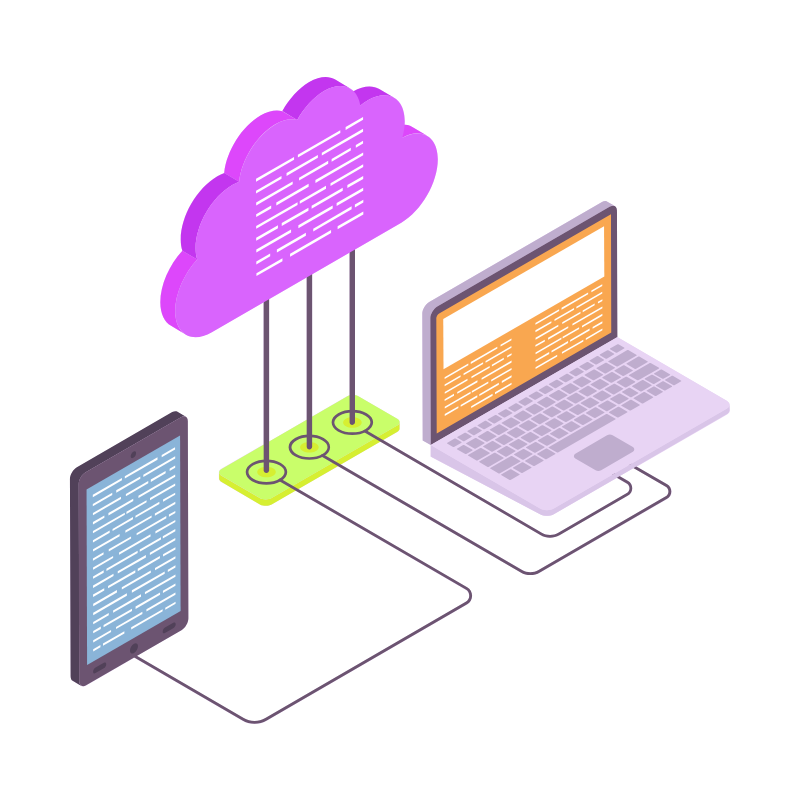 Web Hosting
Web Hosting Windows HostingBuilt for Windows apps and websites – stability, speed and flexibility
Windows HostingBuilt for Windows apps and websites – stability, speed and flexibility Reseller HostingLaunch a hosting business without technical skills or expensive infrastructure
Reseller HostingLaunch a hosting business without technical skills or expensive infrastructure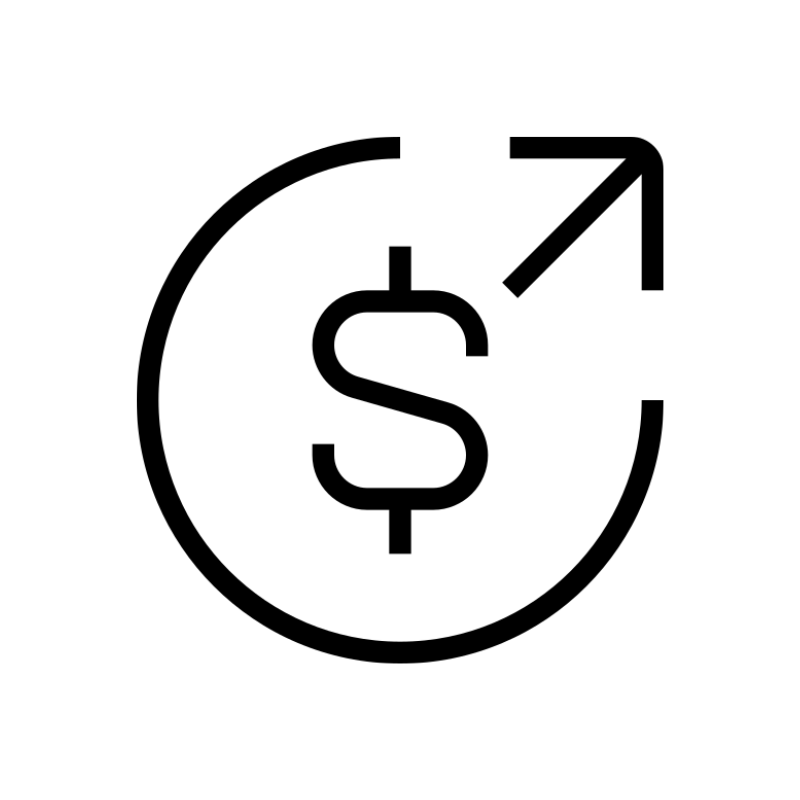 Affiliate ProgramRefer customers and earn commissions from sales across our platform
Affiliate ProgramRefer customers and earn commissions from sales across our platform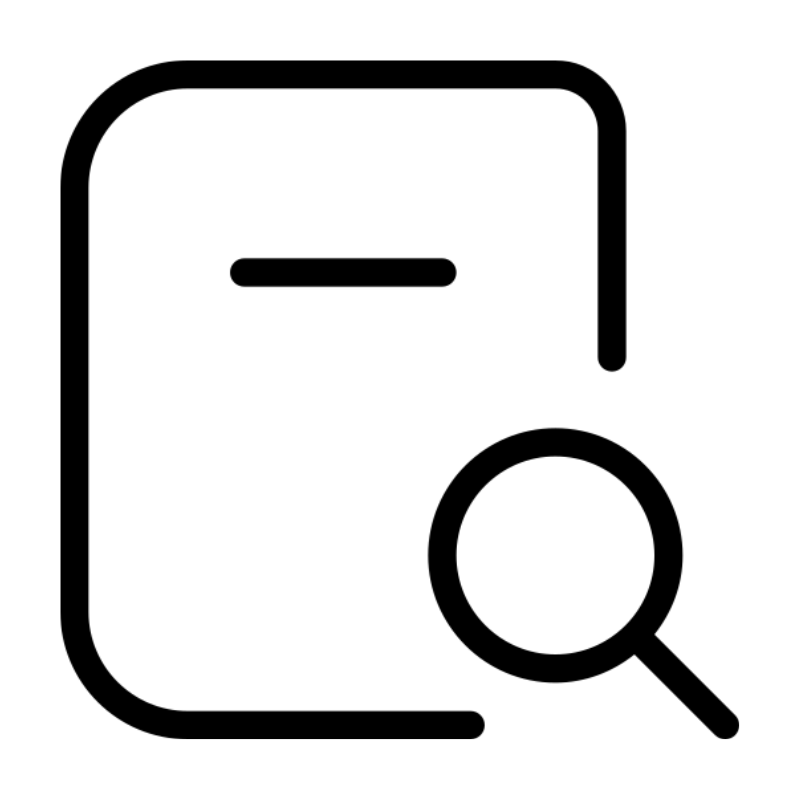 Domain SearchFind and secure a domain name in seconds with our quick lookup tool
Domain SearchFind and secure a domain name in seconds with our quick lookup tool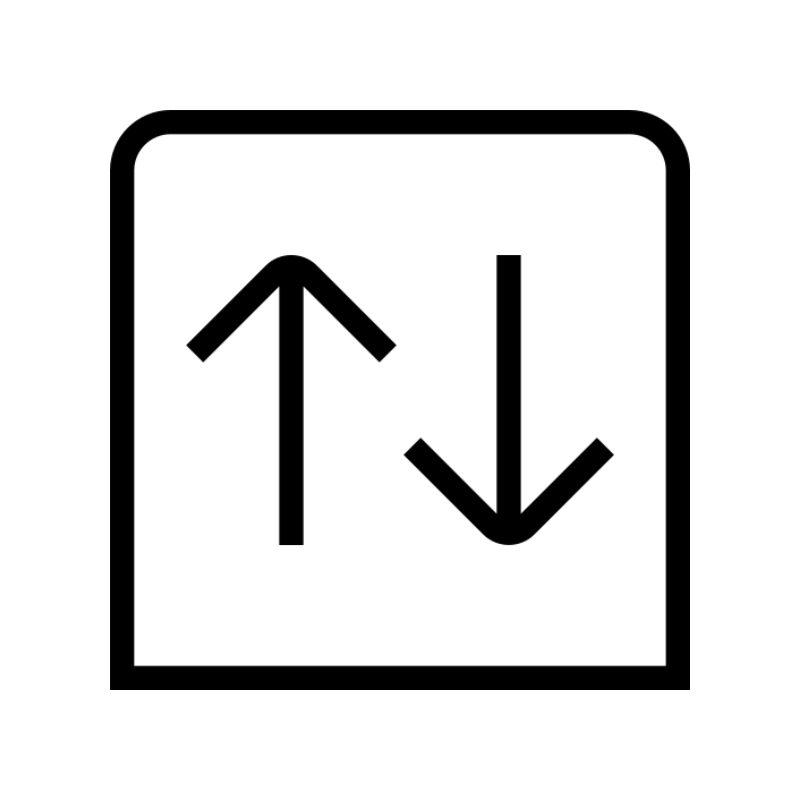 CO ZA Domains
CO ZA Domains All DomainsExplore domain names from over 324 TLDs globally – all in one place
All DomainsExplore domain names from over 324 TLDs globally – all in one place Free Whois Lookup Tool South Africa
Free Whois Lookup Tool South Africa VPS
VPS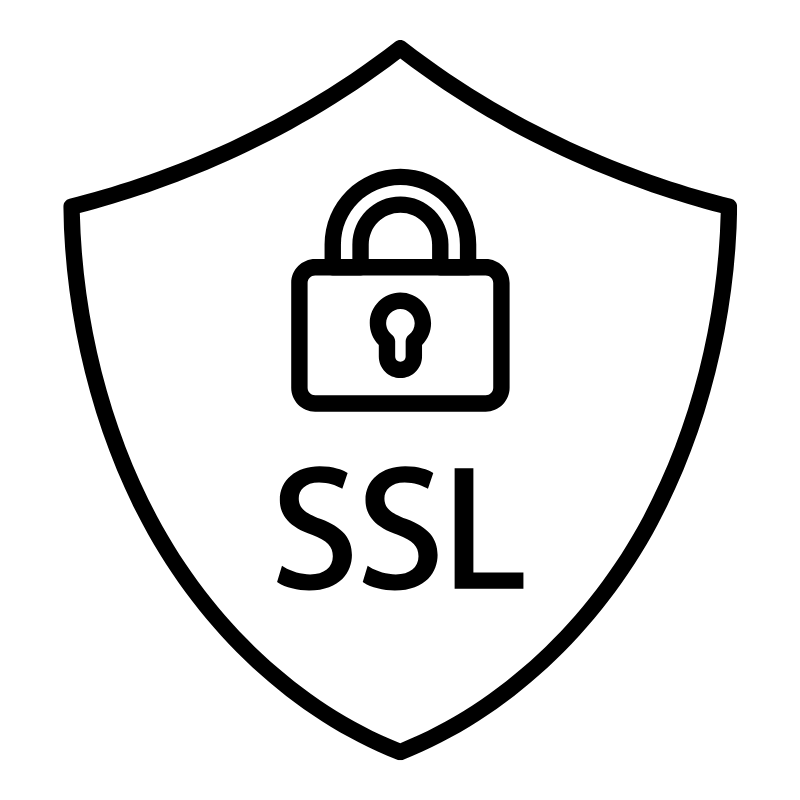 SSLs
SSLs